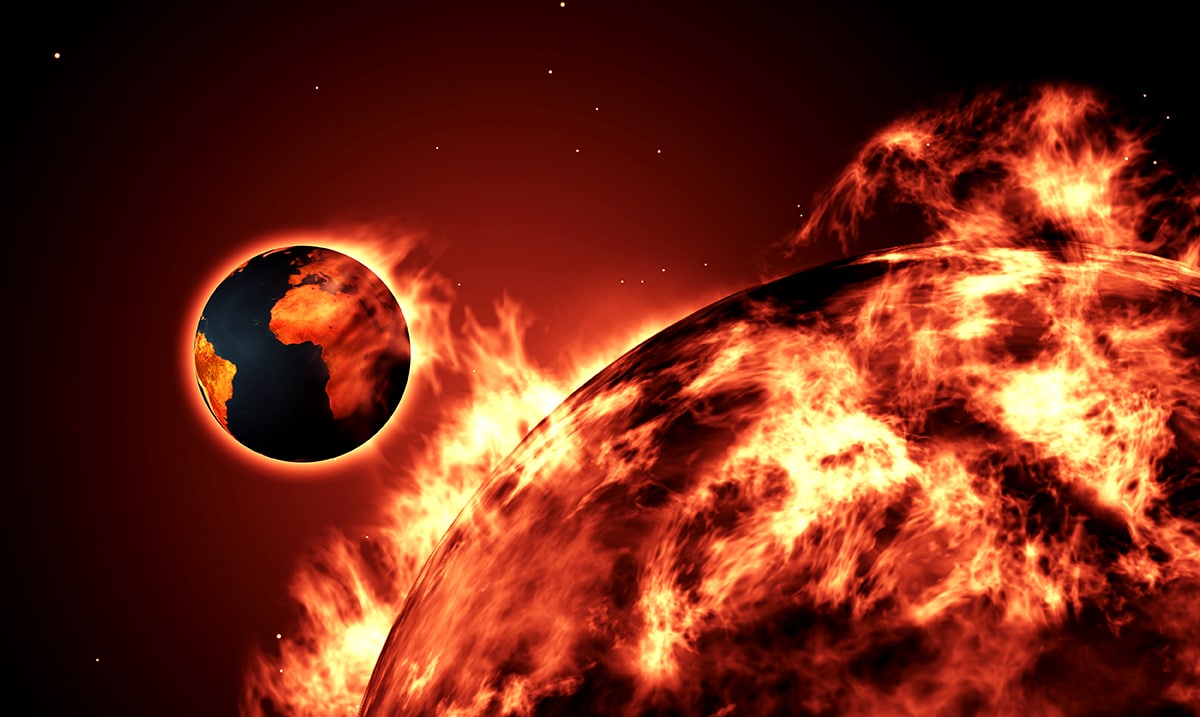During a solar storm, the sunspots on the Sun sometimes eject particles of plasma and radiation in the form of a coronal mass ejection. When these ejections are aimed towards the Earth, the radioactive plasma interacts with our magnetic field, causing problems in our electrical grid, satellites, and radio.
Small solar storms typically just cause Aurora lights to shine bright and can cause minor disturbances, while larger ones have the power to shut down the global internet. Thankfully, it’s been a long time since we have had one that massive, but since they occur about once a century, we are due for one.
Just a few days ago, a CME was launched at Earth, which should be hitting Earth sometime tomorrow. According to Spaceweather.com,
“Another CME is heading for Earth, and it’s a little off-target.
“A glancing blow (or near-miss) is possible during the late hours of March 23rd, according to NOAA forecasters.
“This will be the 3rd time in the past week that a CME has almost landed a direct hit.
“Even a near miss can produce bright Arctic auroras. Best case scenario for auroraphiles: A minor G1-class geomagnetic storm.”
Since this one will be so mild, most of us won’t likely even realize that it’s happening. Typically, G1 storms can cause minor disruptions in radio, and also cause weak power grid fluctuations.
Thankfully, for those who can see the northern lights, a major benefit of a solar storm is that the auroras show up and show out upon impact. So, if you can catch a glimpse, I highly suggest it!
This will be the third time in the past week in which a CME has almost landed a direct hit, according to SpaceWeather.com.
Earthsky points out that this eruption could also cause the sun to eject a filament, which is a long rope of solar material that magnetic fields hold down. Typically, they are seen during solar eclipses, but magnetic fields shift sometimes, causing the filament to become detached from the Sun.

